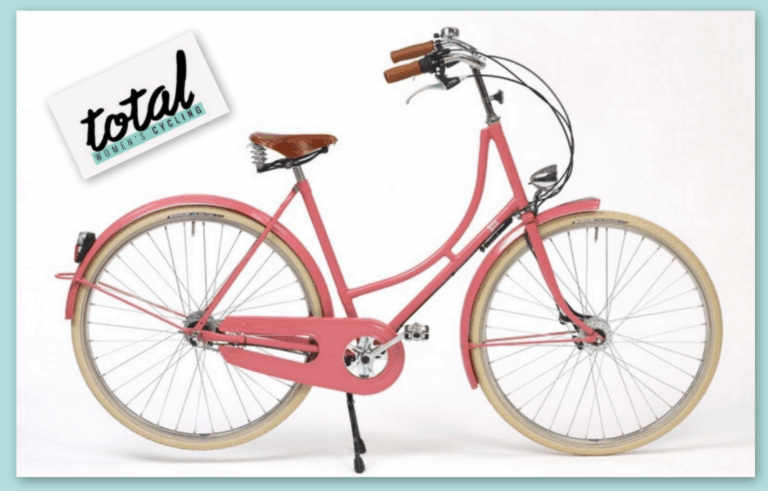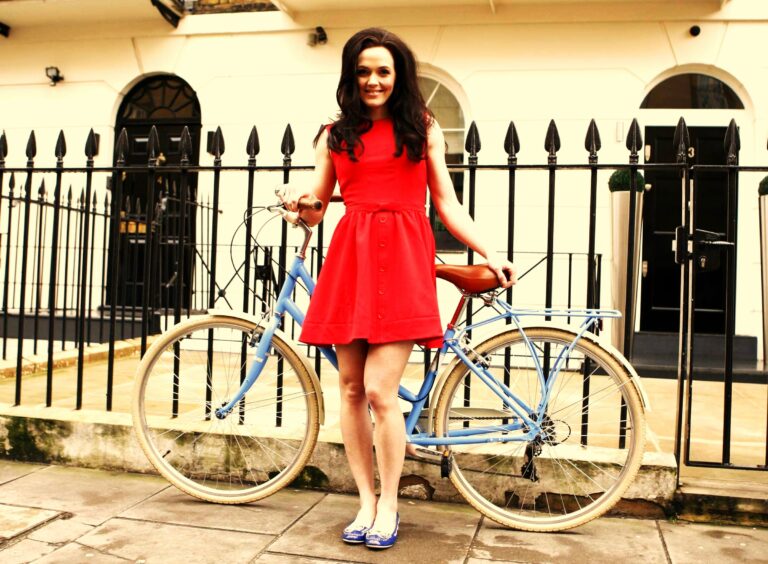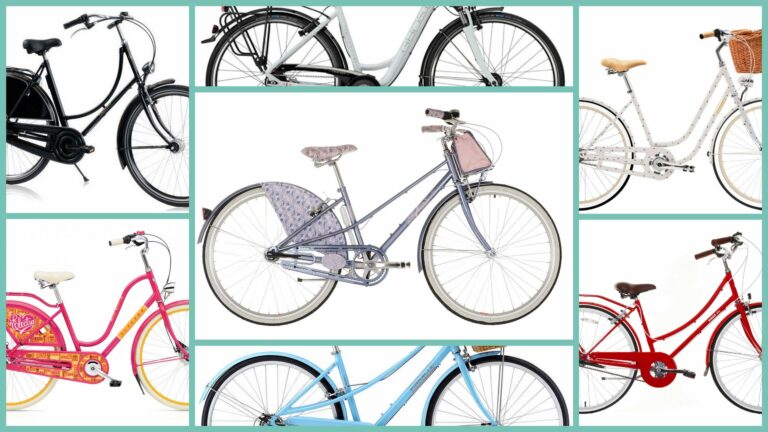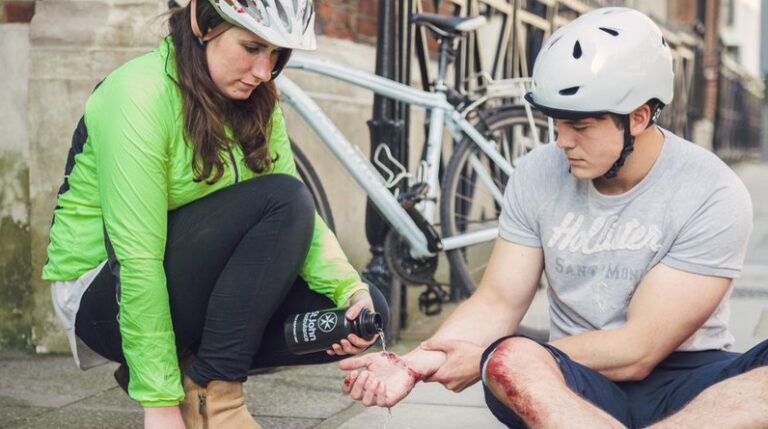
Looking to increase your fitness, burn fat, loose weight, tone up and feel great? Are you training for the RideLondon 100, sportive or MTB event?
Fitting in time for training around a life with work, family and social commitments can be tricky. The good news if you commute by bicycle is that you are already used to getting your kit together and riding every day. Adding a few extra elements to your ride can turn it from a simple method of transport into your very own turbo-charged daily workout.
We’ve got 7 simple ways to train while you commute. Try a different one of our Simple Cycle Commute Training tips each day and mix it up to keep things interesting.
If you ride at the weekend as well as during the week, it’s a good idea to take one day off riding altogether. This will give your body time to rest and recuperate. It is also a great opportunity to take in a wardrobe of clothes for the week so you don’t have to lug an outfit every day in your bag.
Don’t forget that you still need to be road aware when you are commuting even if you are using these training techniques. Your safety and the safety of other road uses is more important than completing that 2 minute sprint section.
Warm up and Cool down
Make sure you give your body some time to warm up before you set off; 10 or 15 minutes of easy pedaling will get those leg muscles working and help prevent injury. Do the same at the end of the ride; switch to an easy gear, and wind things down as you approach your destination.
Stretching
A few stretches after the ride are an essential componant of your training. A basic Hamstring Stretch, Quad Stretch and the Pigeon Pose yoga stretch for your lower back are just the ticket. Run through these 9 Stretches for Cyclists and you’ll be feeling limber in no time.
Food
Eating the right food to fuel your ride is important. You might find having something to eat when you get into the office works best for you, so bring a boiled egg, or have a pot of porridge or a bowl of our Power Granola ready to go. A mid-afternoon snack will also help you bonking on the journey home. Try our Award Winning Flapjacks, Energy Bites, low-fat yoghurts or bananas.
1. Burn Fat
Why it’s good: Low intensity exercise is perfect for burning fat, and therefore ideal for weight loss. It also doesn’t involve working so hard that you end up a sweaty out-of-breath.
What to do: Aim to ride at a steady speed and intensity for your entire journey, using your gears at traffic lights to maintain the level of effort. You are looking to be a little bit out of breath, but still able to hold a conversation.
2. Interval training
Why it’s good: This is great for increasing your fat burning zone so you use your energy stores more efficiently, and it will give you a good workout.
What to do: Increase your exertion and ride hard for 2 minutes at about 80% of your maximum heart rate; just below flat out. Then return to your normal speed and gearing for 3 minutes. Aim to repeat this 4 or 5 times over your commute where possible.
3. High-cadence spins
Why it’s good: Cycling with a higher cadence (which is essentially how fast your legs spin the pedals round) is much more efficient than pushing hard gears with a low cadence, particularly when climbing. It can be hard to get used to though so training your legs into it is a very useful activity.
What to do: Drop down to an easier gear, and spin your legs as fast as you can for 2 or 3 minutes, then return to your comfortable gear for 8 minutes. Aim to do this several times during the journey. It’s surprisingly hard the first few times!
4. Sprints
Why it’s good: This will help improve your explosive power, giving you a better turbo boost when you need it for breakaways or overtaking. You can try this when you are moving away from traffic lights if the way is clear, or on long obstacle-free road sections.
What to do: Increase your cadence and gearing so you accelerate as fast as you can, and keep it up for 1 minute. Then return to your regular comfortable speed. Aim to repeat this 4 or 5 times over your journey where possible.
4. Strength training
Why it’s good: Get your legs ready for those hard uphills by improving your strength and building those shapely thigh and calf muscles. This will also give you power for pushing over obstacles on MTB trails.
What to do: After warming up, shift your gearing three places higher, so you have to push harder to move the pedals. Keep riding on this harder gear for 2 minutes, then switch back down to an easier gear for 3 minutes. Aim to repeat this 4 or 5 times over your commute where possible.
5. Distance and Enduring Training
Why it’s good: If you are training for an event like the RideLondon 100, you need to get used to doing long rides. It will also give you the opportunity to work out what you need to fuel your ride and how to pace yourself.
What do to: Try and add an extra hour to your ride home. You may need to take a longer detour to fit this in; pick a nice quiet or picturesque route, and enjoy the ride.
6. Rest Day
Why it’s good: This is different to a day off the bike, because you’ll still ride. You’ll give your muscles a gentle stretch through riding, but won’t make them work hard.
What to do: Just ride your whole route at an easy, relaxed pace.
Like this? You’ll find these useful too.
6 Cycling Skills You Can Improve on Your Commute
10 Tips for Avoiding Injury When Training
Stretch out your shoulders with the Cow Face Arms Post – Cycling Yoga





